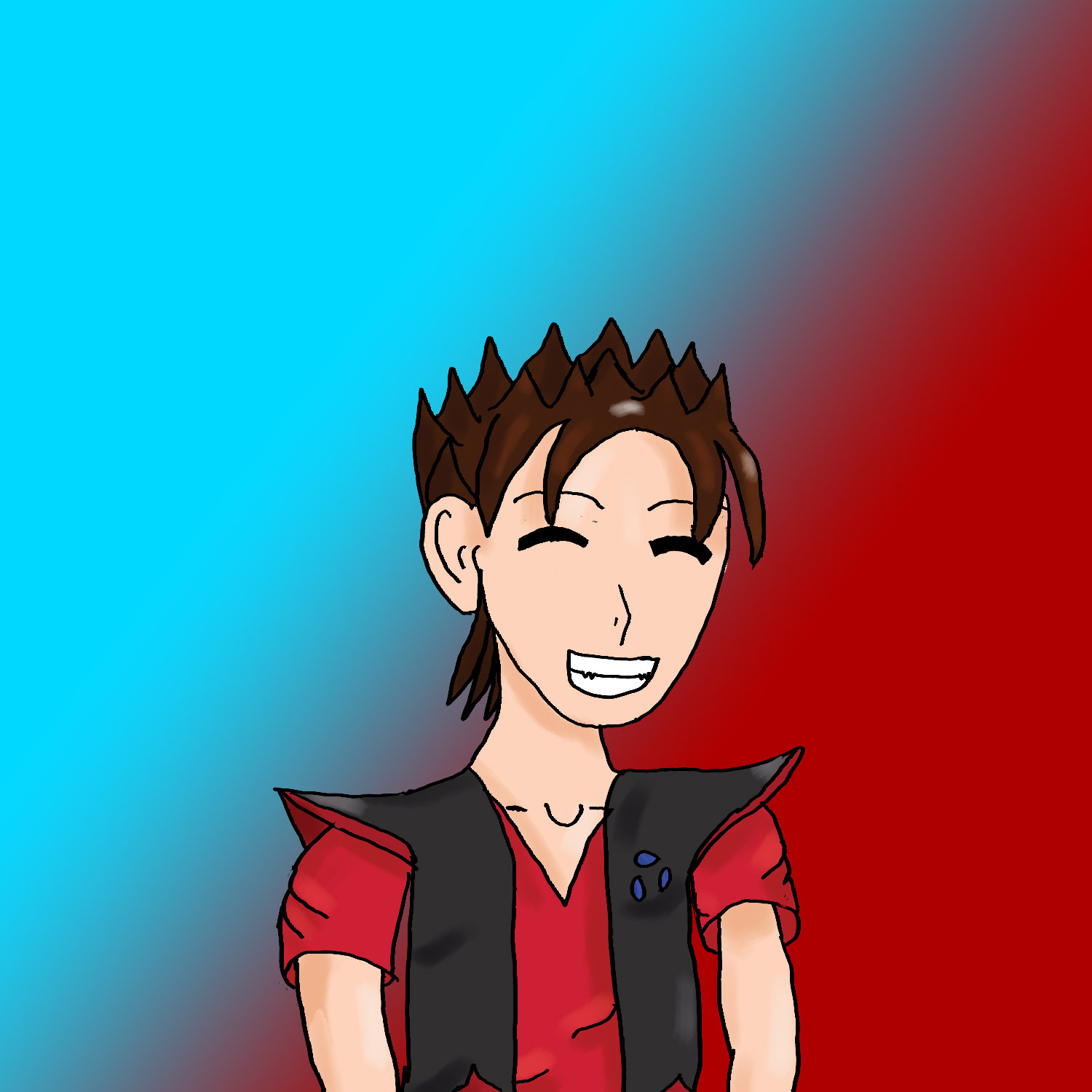Have you ever noticed that dwarven adventurers seem to wear their gear out faster than others, despite all of them being competent craftsmen in addition to whatever other skill sets they possess? Dwarves need metal like plants need the sun. — Jasper Cameron, Leader of the Bronze Ravens
Dwarves don't start the sturdy juggernauts that most of you know them as. Dwarven children are nearly as fragile as those of humans or elves. As a point of fact, the primary reason for the surface settlements near many dwarven citadels is to give the children a place where they can grow, trade is just a secondary benefit.
When they hit puberty they start to apprentice with the craftsfolk on the surface. It isn't until they reach adulthood that they are allowed back into the mines. This is because of dwarves' unique relationship with the earth, and specifically metals, in their mines.
You see dwarves naturally absorb metals from their environment. These, one can assume, are integrated into their muscles and bones, not only making them heavier but also stronger and more resilient than other species of equivalent size.
However, this does come with a downside, if they are not in an environment similar to that of their citadels, the metal starts to be processed. This is why, by and large, the careers of the most famous dwarven adventurers are short as the loss of metal in their bodies leads to several problems.
While the loss of some muscle tone can be detrimental to those known for their strength, the far worse part of the condition is what is known as Surface Bones. As metal leaches out of the bones they lose their density, becoming porous and brittle. This makes the dwarves much more susceptible to broken bones which, as you can imagine, is not ideal for the hard impact life that most adventurers lead. The "break point," if you will excuse the pun, is often between 4 and 6 years after dwarves leave their homes.
There are ways to mitigate this, of course, and while more attainable than cures for similar ailments in other species, they are by no means cheap. Did you never wonder why even dwarf archers and clerics wear full plate? By encasing themselves in metal they can stave off the effects of surface bones at the cost of slowly absorbing metal from their gear, gradually eating away at their armor through a process that we still don't fully understand.
This solution, however effective it may be, is rather expensive. After all, if you needed to replace a set of full plate every 4-6 months you would likely go broke inside of a year. Unlike normal wear and tear that can be buffed and hammered out, the actual loss of metal is what compromises the armor and weapons of dwarves on the surface.
It is worth noting that dwarves that spend their entire lives on the surface seem to not suffer from this condition to the extremes of those that live underground. While they are still more prone to osteoporosis than other species, it often doesn't set in until after the age of 150. However, should these surface dwarves be around high amounts of metal, such as taking up adventuring or working in a blacksmith's shop or smelter, they will eventually absorb enough metal that the effects will start to set if should they quit their job or retire.




This is such a cool explanation for dwarves' relation to the underground!